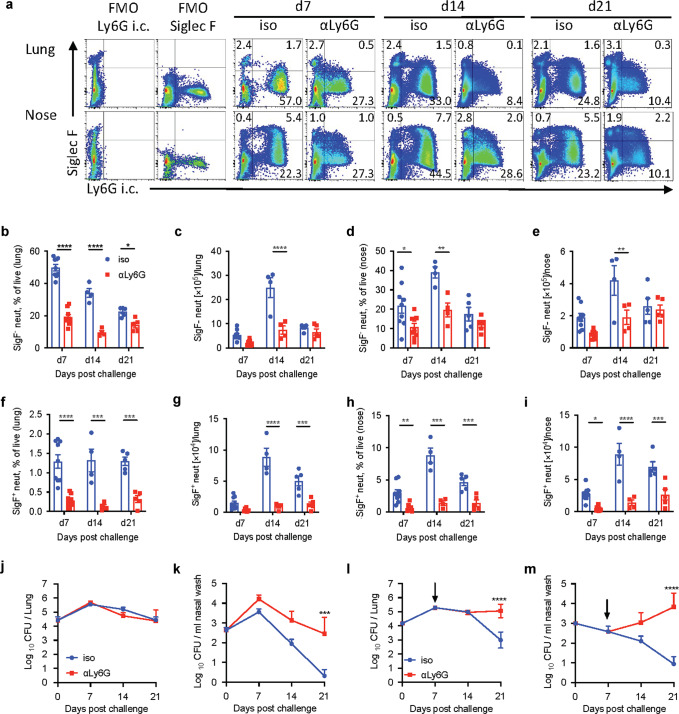Fig. 4. Depletion of neutrophils during primary infection with B. pertussis impairs bacterial clearance from nasal mucosae.
C57BL/6 mice were treated with anti-Ly6G or isotype control antibody (iso) in combination with secondary antibody MAR 18.5 starting from d −1, and aerosol infected with B. pertussis. At 7, 14 and 21 days post infection, mice were injected i.v. with fluorochrome-labeled CD45 antibody and euthanized 10 min later. Cell suspensions were prepared from lung and nasal tissue and immune cells were analyzed by flow cytometry. a Representative dot plots showing the reduction of Siglec-F+ and Siglec-F− neutrophils (intracellular Ly6G+) in anti-Ly6G treated mice compared with isotype control antibody treated mice 7, 14 and 21 days post infection. Percentage of Siglec-F− neutrophils in lung (b) and nasal tissue (c). Absolute numbers of Siglec-F− neutrophils in lung (d) and nasal tissue (e). Percentage of Siglec-F+ neutrophils in lung (f) and nasal tissue (g). Absolute numbers of Siglec-F+ neutrophils in lung (h) and nasal tissue (i). CFU counts in lung (j) and nasal washes (k) of anti-Ly6G and isotype control treated mice. C57BL/6 mice were aerosol infected with B. pertussis and treated with anti-Ly6G or isotype control in combination with secondary antibody MAR 18.5 starting from d 7 post infection. CFU counts in lung (l) and nasal washes (m) of anti-Ly6G and isotype control antibody treated mice. Statistical analysis: Two-way ANOVA followed by Sidak’s post-test, *p < 0.05, **p < 0.01, ***p < 0.001, ****p < 0.0001. n = 4–8/group, pooled data from two independent experiments, mean ± SEM.

